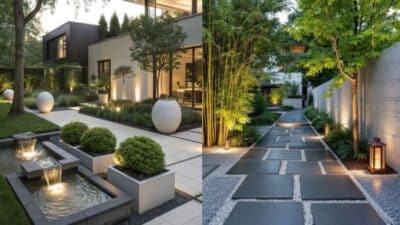When it comes to creating a backyard oasis, few elements play as important a role as pool coping. Often overlooked, coping not only finishes the edge of your swimming pool—it enhances safety, improves durability, and elevates the overall aesthetic of your outdoor area. Whether you’re renovating an existing pool or designing a new one from scratch, choosing the right tiles for your coping can make a remarkable difference in the final look and feel of your space.
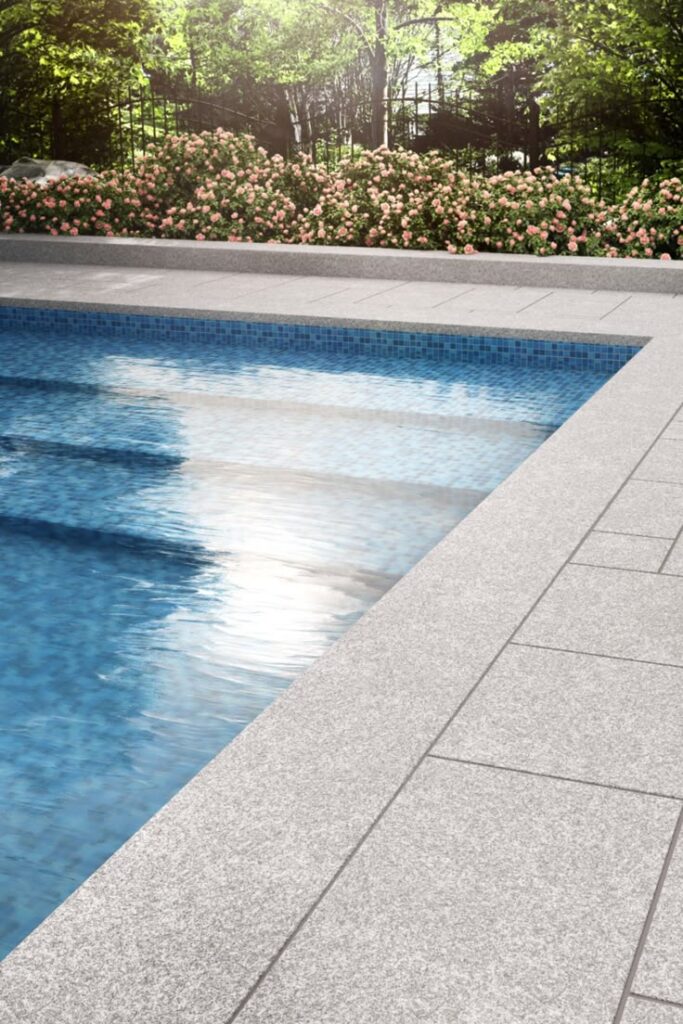
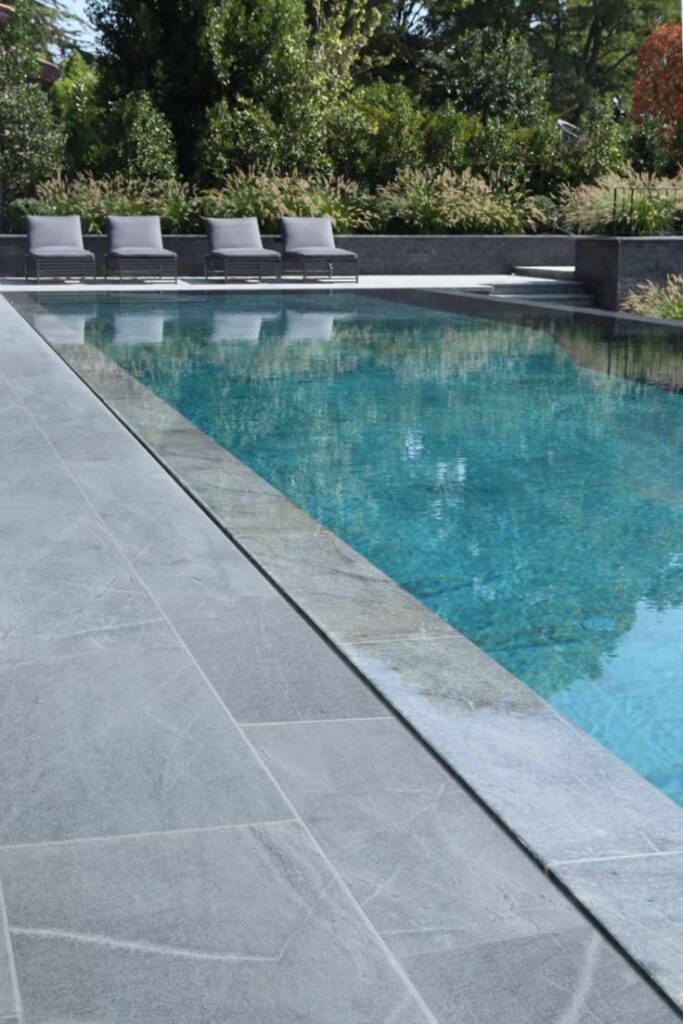
What Is Pool Coping?
Pool coping refers to the protective cap or edging that is installed around the top perimeter of a swimming pool. It serves as a transition between the pool structure and the surrounding deck or paving. While its primary function is to prevent water from seeping behind the pool shell, coping also adds a decorative and safety-enhancing finish.
High-quality pool coping is smooth, non-slip, and durable enough to withstand exposure to pool chemicals, sunlight, and frequent use. This is why the material and design you choose matters—not just for visual appeal, but also for functionality and longevity.
Why Tile Choice Matters in Pool Coping
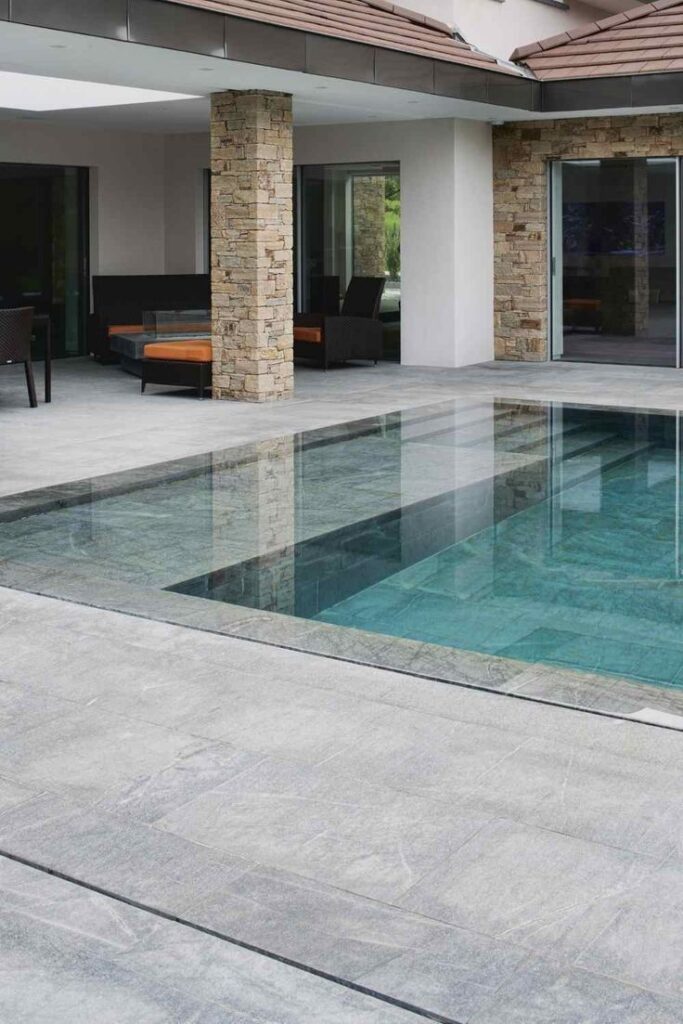
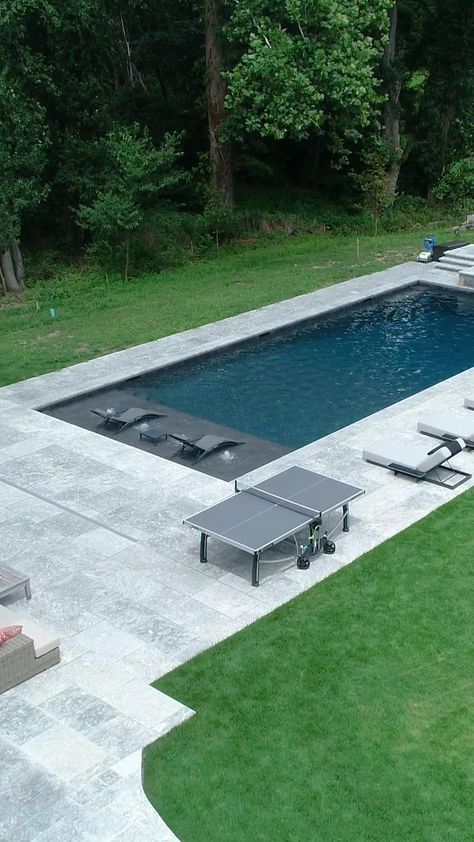
The right tile selection does more than complement your pool design—it determines how comfortable, safe, and easy to maintain your pool edge will be. Here’s how your choice in material and finish directly impacts your outdoor living experience:
1. Slip Resistance
Safety is key around water. Choosing textured tiles or matte finishes can reduce the risk of slips, especially for households with children or elderly family members. Pool coping should offer enough traction even when wet.
2. Heat Resistance
In Australian summers, the last thing you want is scorching hot pool edges. The right tiles, such as outdoor porcelain tiles Melbourne, offer excellent heat resistance and stay cooler underfoot—ideal for barefoot comfort.
3. Water Resistance and Durability
Constant exposure to moisture, saltwater, chlorine, and cleaning agents can damage low-quality materials. Premium tiles designed specifically for outdoor and pool environments help ensure your coping won’t fade, crack, or deteriorate prematurely.
4. Aesthetic Appeal
Tiles come in a variety of colours, textures, and formats. Whether you’re going for a modern minimalist style or a more natural stone look, your coping tiles help define the visual theme of your pool area. Clean lines, bullnose edges, and seamless transitions all add to the elegance of the final result.
Outdoor Porcelain Tiles: The Gold Standard for Pool Surrounds
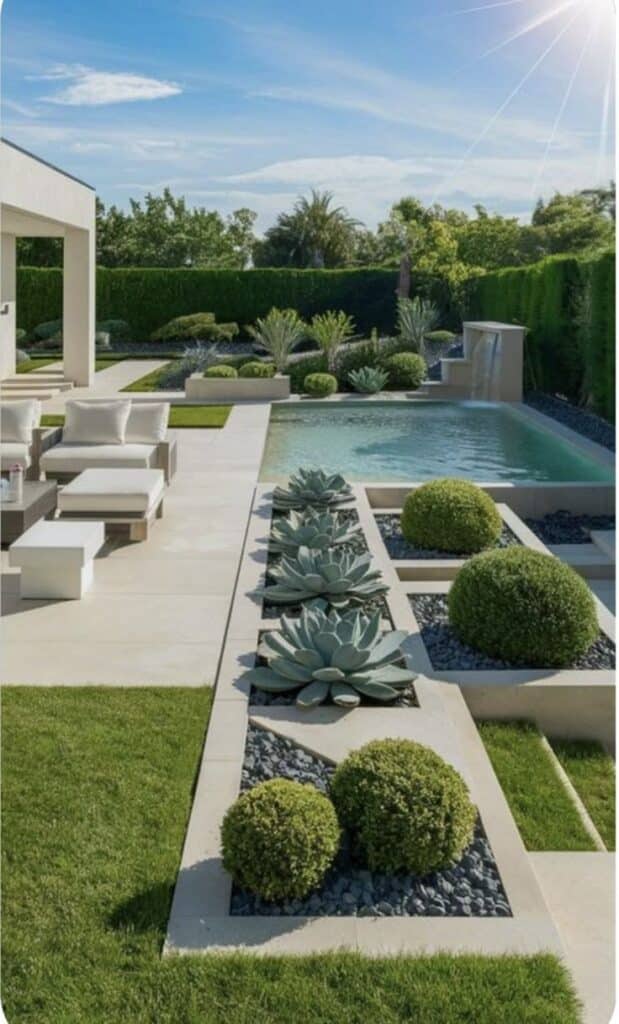
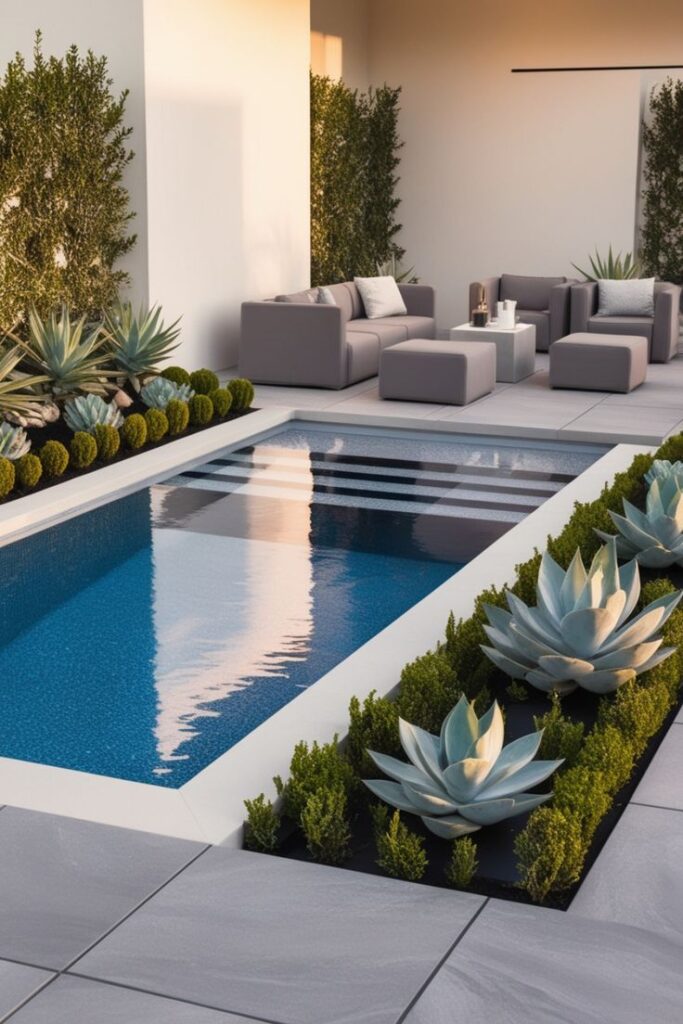
One of the most recommended choices for pool coping and surrounds is porcelain. Known for its strength, versatility, and low maintenance, porcelain tiles tick all the boxes for both form and function.
Here’s why outdoor porcelain tiles in Melbourne are a top choice among designers and homeowners alike:
- Non-porous surface: Resists staining, mould, and algae
- Fade-proof colour: UV-resistant pigments maintain vibrancy
- Slip-resistant finishes: Ideal for wet zones
- Hardwearing strength: Less prone to chipping or cracking
- Low maintenance: Easy to clean and requires no sealing
Whether you’re creating a contemporary poolscape or blending your pool with a garden landscape, porcelain tiles provide flexibility in design while offering performance that lasts.
Styles and Edge Profiles to Consider
Pool coping isn’t just about surface tiles—it’s also about the shape and profile of the tile edge. Common styles include:
- Bullnose: Rounded front edge for a soft, smooth finish
- Drop face: A sleek modern profile with a vertical drop for drama
- Square edge: A minimalist, flat edge often used in modern pools
- Rebated coping: Designed to create the illusion of a floating edge
Each profile adds a different level of sophistication and can be customised to suit the pool shape and surrounding layout.
Matching Coping with Surrounding Surfaces
To create a seamless flow between your pool and outdoor area, consider matching or complementing your coping tiles with the surrounding paving or decking. A consistent material palette enhances the sense of space and cohesion, particularly in smaller backyards.
For instance, using porcelain tiles across both the coping and surrounding walkways provides a uniform surface that visually enlarges the area and adds a designer finish.
Maintenance and Longevity
Properly installed and grouted coping tiles are relatively low-maintenance. Occasional hosing down, gentle scrubbing of buildup, and routine checks for cracks or displacement will keep them in top condition.
Unlike natural stone, porcelain requires no sealing, is less susceptible to weathering, and retains its appearance with minimal effort—making it ideal for homeowners who want beauty without high upkeep.
Why Work with a Specialist?
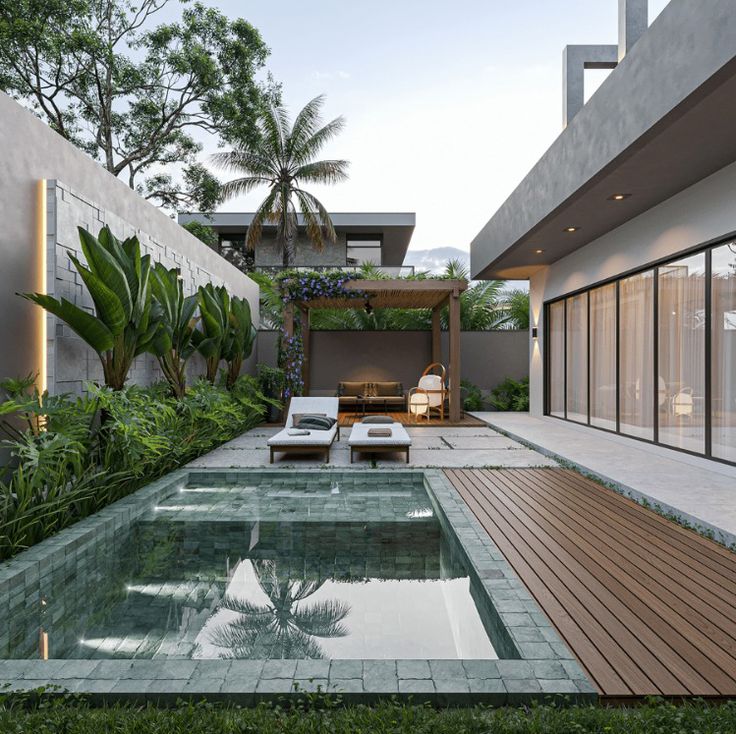
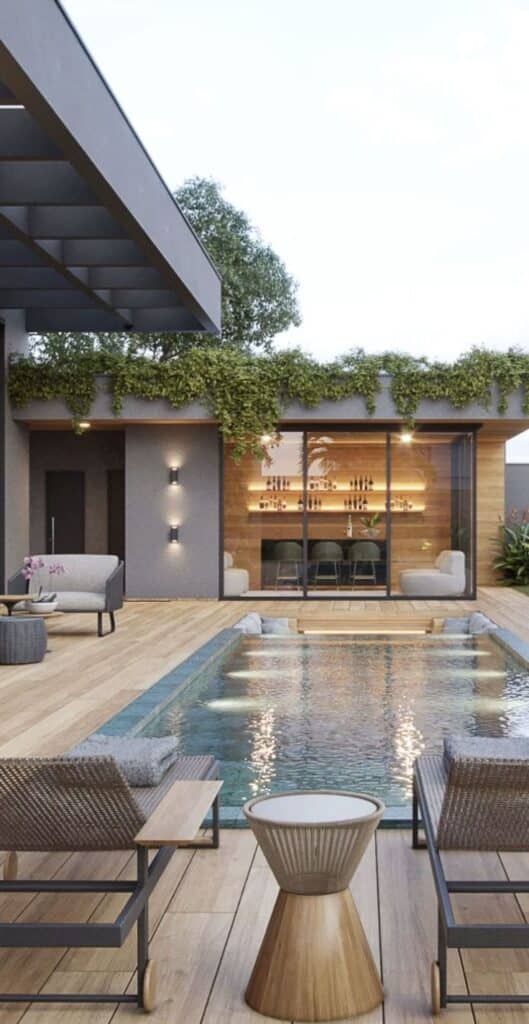
Pool coping installation requires precision and technical know-how. Improper installation can lead to water leakage, uneven edges, and early tile failure. That’s why it’s essential to work with a tile expert who specialises in outdoor and pool settings.
Brands like RMG Tiling & Bullnose bring years of expertise to the table, offering tailored coping tile solutions that not only meet safety standards but also transform your backyard into a luxurious retreat.
Final Thoughts
The right pool coping does far more than finish the edge of your pool—it enhances your comfort, boosts your home’s value, and completes the overall look of your outdoor space. With high-quality materials like porcelain, you get the best of both worlds: elegance and endurance.
So if you’re planning a new pool or upgrading an old one, don’t overlook the importance of coping. It may seem like a small detail, but it plays a massive role in how your pool looks, feels, and functions for years to come.
- 12shares
- Facebook0
- Pinterest12
- Twitter0


